

In a world of 140 characters, and short attention spans, you need to get as much text as possible in that status box, if you are going to promote a link or effectively get your message across. Even though Twitter now automatically shortens links and doesn’t count it towards your limit, which of the following two links would you rather see if you were viewing one of my Twitter updates?
![]()
Or this one?
![]()
I am fairly confident that you would go with door number two. The link is short, and makes the status update look neat and tidy. It is also my personalized custom URL shortener, so by using it, not only am I keeping my links short, I am also branding myself across the web. MakeUseOf also has one, which you can see in our Twitter feed:
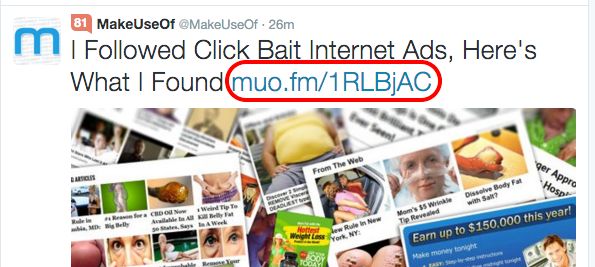
And if you are unsure about one of my links, and think I may be leading you to malware, then there are web apps which will reveal the actual URL, without you needing to go there.


In the age of social media, identity is everything. If for example you are a web worker, a podcaster, or a writer for a popular tech website, then being able to share links using your own domain is invaluable.
Here’s a quick rundown of the advantages of having your own URL shortener.

You might think that it is very hard to set up a customized URL shortener, but in fact it is extremely simple. All it costs is the price of the domain that you buy. In most cases, this is approximately $10-15 a year (or less, if a domain seller is running a special promotion — GoDaddy often do this).
So first, you need your domain. Being a URL shortener, the domain has to have as few letters as possible, so people don’t have to type so much, and so you get the maximum amount of space in a status update box. I would recommend using either your name or your business name. Write it down, and begin by taking out the vowels, spaces, and other grammar. So my name is:
mark o’neill
But if I take out the vowels, spaces, and the apostrophe, it becomes:
mrknll
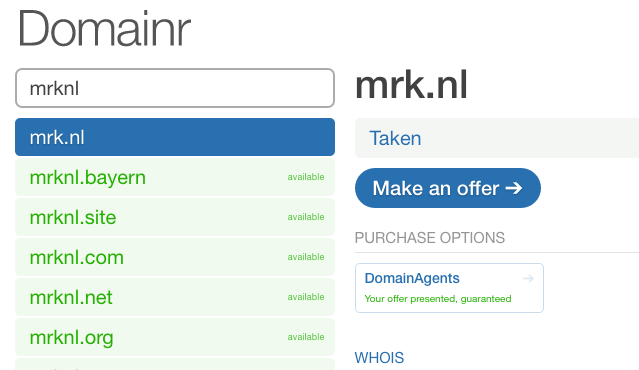
Now go to a site such as Domainr, which tells you instantly if a domain name is available. Start playing around with the remaining letters and plug each one into Domainr to see what is available. Try to have as few letters as possible, but at the same time, people need to have a good idea that it belongs to you. Otherwise your attempts at branding yourself have pretty much failed.
The end of your name ideally needs to be a domain ending itself (or alternatively you could use .fm or .tv). In my case, nl is the domain ending for the Netherlands, so I just dropped one “l”, put the “o” back in, dropped the “www”, and I had my domain – http://mrko.nl. So just play around with the letters to your name or business, and figure out which one you like, which is also available.
When you’ve got one, go through a domain seller such as GoDaddy or Hostgator, and buy your domain. Maybe pay for 2 or 3 years up-front to ensure that you don’t forget to renew it next year. If you do forget, and someone else grabs your domain, then all of your links will be up in smoke.
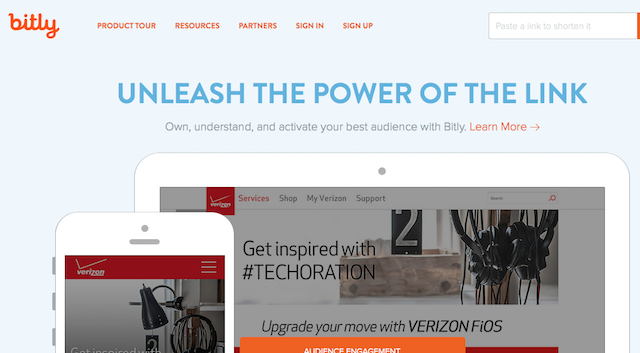
The next step is to make a free account at Bitly, which will be the vehicle for our URL shortener. It will run all of our links, and provide analytics for us. Bitly gives you 500 branded links per month free. If you need more than that, you would need to upgrade to a Pro plan.
Once your account has been set up and activated, you need to go into the site settings, specifically to where the DNS A records are maintained and created. Now don’t panic. This isn’t where it all falls apart for you. Have a root around the settings and see if there is a DNS Management section (or words to that effect). If you don’t see it, then contact your domain seller, and ask where it is.
Once you have found the page, you need to make the A record point to Bitly’s servers. Currently it will be pointing to the servers of the domain seller. For Bitly to handle your short links, the domain needs to point to them. So if there are any existing A records, delete them. Then add a new one, which would look something like this:

Now, go to this link. This is the Bitly page where you set up your customized URL shortener. Type in your new domain name and click “Add”. Since mrko.nl has obviously already been taken, for the purposes of this article, I have slightly altered the domain name in the screenshot below.
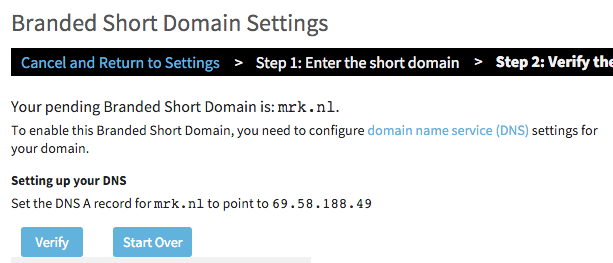
It will ask you to set up the DNS A record, which you have already done. So go ahead and click “Verify”. If you have done everything right, you will see the following. If it brings back an error message, then check the A record.

OK, we’re nearly there. Next, go here. You need to specify that Bitly now should use your domain, instead of the default domains that they operate.
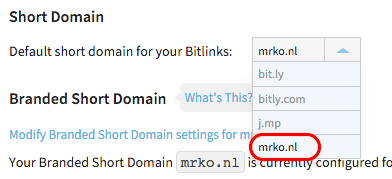
OK, your short URL service should now be working. Test it out by putting a normal long link into Bit.ly, and get the short URL from your domain. Then copy-paste it into your browser and see if it re-directs. If you have followed the steps above, then it should.
If you are going to be generating a lot of links each day, I suggest you run them through Buffer. The advantage of Buffer is that it recognizes your short URL service, and so subsequently it doesn’t use any third-party service.

When you have set up your account (if you don’t have one already), go to Settings–>Link Shortening. You will then see the options. You will need to sign into your Bitly account and give it permission to access your Buffer account. Then it is just a matter of choosing your short URL service.
As you have seen, it really isn’t difficult to set something like this up. And I hope you have also seen the benefits which come from having your own personalized short URLs.
Let us know in the comments if you have your own custom domain for shortening links. If not, has this article inspired you to do it?
Image Credit: hand holding scissors by venimo via Shutterstock, Via PixaBay




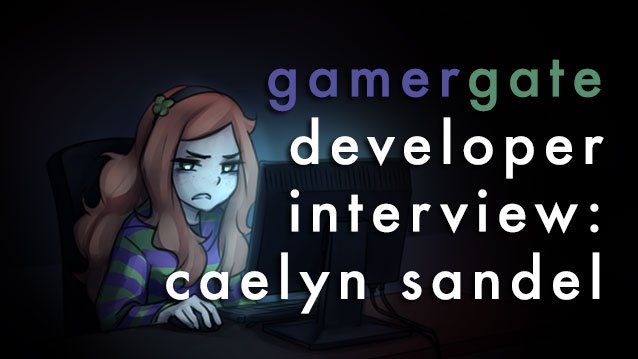 Game Developer Interviews About Gamergate: Caelyn Sandel
Game Developer Interviews About Gamergate: Caelyn Sandel 7 Newbie Tips When Buying a Mechanical Keyboard
7 Newbie Tips When Buying a Mechanical Keyboard How to get Diamonds and Dollars in Crazy Taxi: City Rush, a complete cheats guide
How to get Diamonds and Dollars in Crazy Taxi: City Rush, a complete cheats guide Fallout 4 Guide: How to Disable Mouse Acceleration
Fallout 4 Guide: How to Disable Mouse Acceleration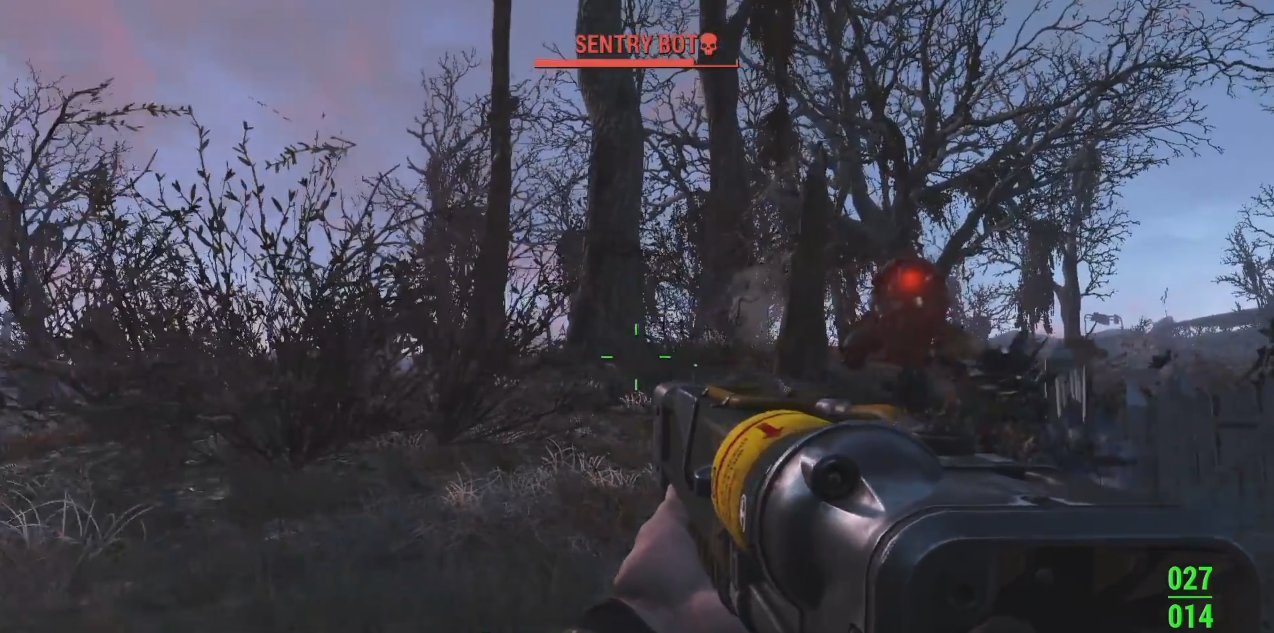 Fallout 4: How to Kill a Sentry Bot (Destroy a Sentry Bot Guide)
Fallout 4: How to Kill a Sentry Bot (Destroy a Sentry Bot Guide)